Living in the Environment Principles Connections and Solutions 16th Edition By G. Tyler Miller – Test Bank
CHAPTER 3–ECOSYSTEMS: WHAT ARE THEY AND HOW DO THEY WORK?
Student: ___________________________________________________________________________
1. Ecology is the study of
A. human impact on the environment
B. the abiotic elements of the environment
C. the biotic elements of the environment
D. how organisms interact with each other and the abiotic environment
E. how evolution formed populations
2. This is the total of all the different species that live in a certain area.
A. organism
B. population
C. community
D. ecosystem
E. biosphere
3. These are the parts of the earth’s air, water, and soil where organisms are found.
A. organism
B. population
C. community
D. ecosystem
E. biosphere
4. These are the smallest and most fundamental structural and functional units of life.
A. atoms
B. molecules
C. compounds
D. cells
E. mitochondrion
5. This is the place where a population or an individual organism normally lives.
A. community
B. habitat
C. territory
D. niche
E. zone
6. The number of species already identified by biologists is approximately
A. 45,000
B. 165,000
C. 1.75 million
D. 4 million
E. 100 million
7. Which of the following is not a major component of the earth’s life-support system?
A. unisphere
B. atmosphere
C. hydrosphere
D. geosphere
E. biosphere
8. All physical forms of water (solid, liquid, and gas) make up the
A. atmosphere
B. lithosphere
C. biosphere
D. hydrosphere
E. troposphere

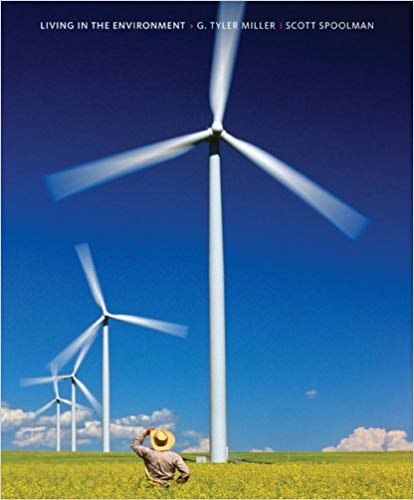

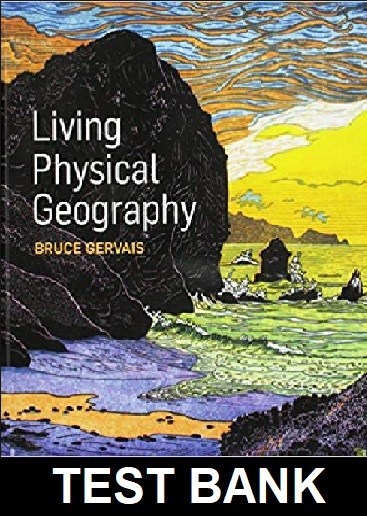


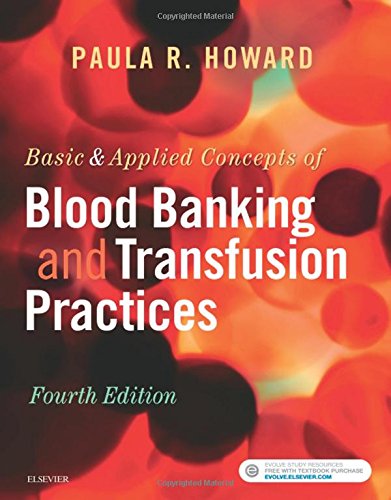
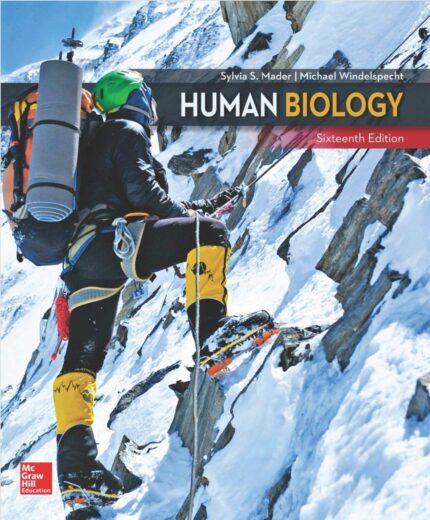
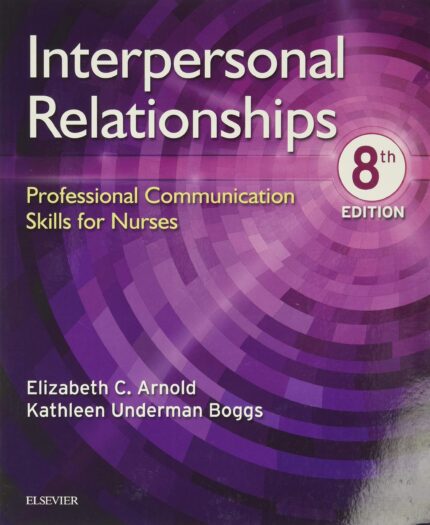

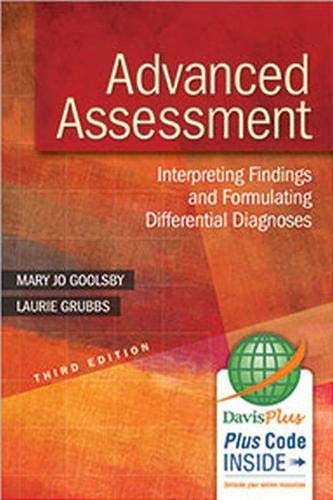

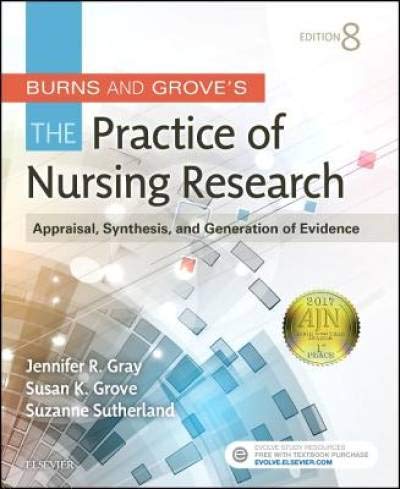

Reviews
There are no reviews yet.